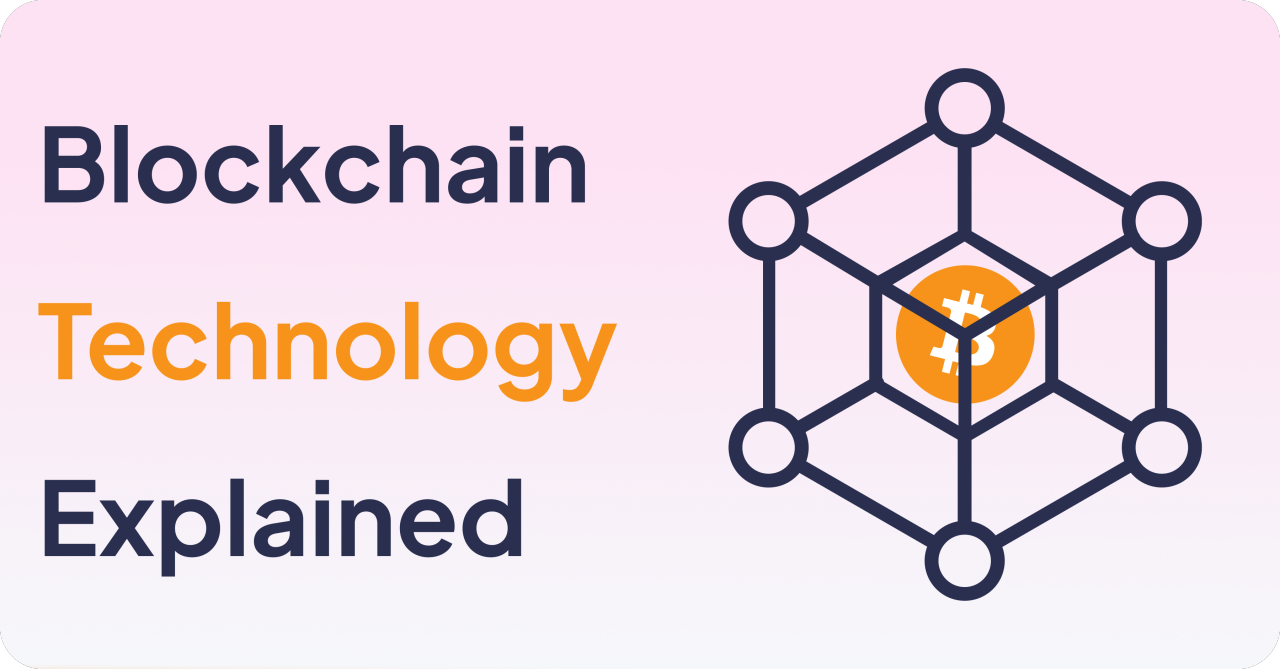While Web 1.0 pioneered by Bernes-Lee in 1989 established the initial form of the Internet and paved the way for the introduction of browsers in the mid-1990s, Web 2.00 which evolved at the beginning of the millennium grew with the innovations like mobile Internet and social networks. Web 3.0 is the latest evolution of the Internet, which is fundamentally based on the core concept of decentralization, openness, and user utility. What could differentiate Web 3.0 from its predecessors would be its ability to interpret the inputs from any medium, which might be text, voice, image, or any other media, to produce content customized to fit the user’s needs.
Web 3.0 - the third generation of the internet - is designed to process information accurately and like humans by leveraging the power of the latest technologies such as artificial intelligence, machine learning, and decentralized technologies like blockchain to solve the problems of the present-day internet ecosystem. While Web 2.0 which is currently in use focuses on reading and writing content, Web 3.0 focuses on creating content (Semantic Web). The global Web 3.0 blockchain market size which was USD 1.73 billion in 2022 is forecasted to grow at a compound annual growth rate (CAGR) of 47.1% from 2023 to 2030.
The Key Features of Third-Generation Web
Web 3.0, powered by artificial intelligence, machine learning, IoT, data science, blockchain, and other emerging technologies, can facilitate the delivery of tailored, personalized experiences. Web 3.0 - also called ‘semantic web’, ‘3D web’, or ‘spatial web’ - is the technology that creates content and allows users to interact with their environment, leveraging its key features that include the following.
Omnipresence: Web 2.0 is ubiquitous to an extent, but Web 3.0 will go beyond by being omnipresent and accessible to everyone, everywhere, and at any time where and when the internet connection is available. Beyond smartphones and computers, more advanced devices will emerge to utilize the full potential of the next age internet.
Semantic Web: Also called the web of data, it enabled connecting data across webpages, applications, and files, allowing machines to decode, share and reuse data across enterprises, applications, and communities. While Web 1.0 was about linked static webpages, Web 2.0 was about linked apps and Web 3.0 is about linked data.
Artificial Intelligence: The current online ratings and reviews of products, apps, and tools, can be fake as most of these activities are handled by humans. Artificial intelligence, with its capability to read and decipher data, can enable Web 3.0 to provide genuine and unbiased ratings and information.
Visualization: Web 3.0, using virtual environments and augmented reality, aims to reduce, if not erase, the boundary between physical and digital environments with the help of advanced 3D graphics technology. Metaverse is the classic example of the virtual world where users can live just as real through 3D digital avatars.
IoT (Internet of Things): Leveraging the capabilities of 5G, IoT can integrate multiple devices enabling faster and easy connectivity and information management from anywhere. The network-connected devices equipped with sensors can enable users to collect and manage data and information without geographical constraints.
Blockchain technology: This is the core of Web 3.0 that allows the distribution of information across multiple devices located anywhere. This feature provides the capability to hold information and data very securely without depending on a single central server or authority. Blockchain technology enables storing and verifying data more securely without the risk of tampering.
How Web 3.0 Will Benefit the Education Sector in the Future
Web 3.0 technology is already creating an impact in sectors like finance, banking, real estate, healthcare, logistics, etc. The education sector has also recognized the potential of Web 3.0 trends to reap its benefits, which include the following, among others.
Digital Documents
Blockchain has been transforming the education sector with the application of digital documents. It allows educational institutions to replace paper documents with digital ones to store their student’s data and information securely. Digital documents allow students to access, own and manage the proof of their achievements such as academic certificates and documents achievements and share them anytime, anywhere.
Accessibility and Reduced Cost
One of the biggest advantages of the adoption of Web 3.0 in the education sector is its ability to make education more democratized and accessible at a lower cost. It allows students to get information about courses from multiple sources rather than relying on one source, before deciding on the education provider.
Personalized Learning and Time -Saving
Web 3.0 provides students the flexibility to choose and personalize the learning content as per their requirements, allowing them to learn multiple subjects or skills simultaneously by opting out of irrelevant subjects. It helps students to gather and integrate knowledge by spending less time learning anywhere and anytime if they have access to the internet.
Improved Security and Data Privacy
Blockchain, the decentralized technology, ensures a safe and secure transmission and storage of data. The data on the blockchain cannot be accessed by unauthorized persons or tampered with, enabling educational institutions to maintain their students’ information and data safely and securely.
Regular Schooling Alternative
Web 3.0 helps the delivery of education in homeschooling or micro-schooling modes by establishing an interconnected network between parents, teachers, and students. This enables students to interactively access contents, lectures, and resources from anywhere. While it allows the teachers to develop engaging assignments using a variety of resources, there will be a shift from the system of students consuming teacher-provided content to students creating personalized content.
Educational Administration
The semantic web allows education institutions to provide details of courses and degrees with the credits for students to easily decide on universities that will give them the education and required credits they seek. E-learning and just-in-time learning platforms powered by Web 3.0 will facilitate students to collaborate and interact with communities and individuals spread across geographies.
Summing Up
Web 3.0 is expected to bring revolutionary transformation in many sectors, particularly in the education sector. It has the potential to help all stakeholders overcome the drawbacks of the current education system and provide education that is universal and on par with the best available globally. Many institutes have already begun embracing this technology to reap its potential to the fullest. Governments, the UN, and similar organizations are likely to work towards making education accessible, transparent, and personalized for future generations. Players in the education sector cannot sustain themselves without the adoption of Web 3.0 and will need talents from across the globe to collaborate to play vital roles in the education sector.




